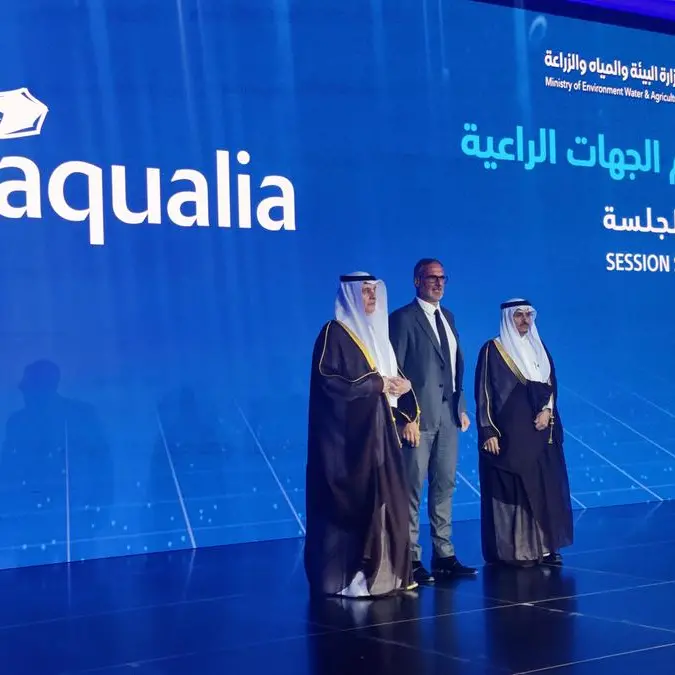2019 Financial Highlights
- Adjusted EBITDA at US$ 51.4 million was ahead of the August Guidance of US$ 45–48 million. While 11% lower than in 2018, this reflects lower revenues, partially offset by the impact of cost savings.
- Net cash flow before debt service rose to US$ 41.9 million (US$ 2018: US$ 5.9 million) due to disciplined management of capex and working capital, in the second half of the year.
- Significant progress was made in reducing costs. The 2019 cost saving programme delivered US$ 13.0 million on an annualised basis during the period, significantly exceeding the original target of $6m set in March 2019. 2019 results reflect a saving of US$ 5.6 million, split between opex, capex and administrative expenses. The remaining savings will flow into the 2020 results.
- Revenue fell by 12% to US$ 108.7 million (2018: US$ 123.3 million) reflecting lower rates and shifts in the utilisation mix.
- Loss for the year before adjustment was US$ 85.5 million, mainly arising from the impact of impairment charges totalling US$ 59.1 million, on two of our E-Class vessels and two smaller charges on the Naashi and a S-Class cantilever, and US$ 6.3 million of restructuring costs.
- Average day rates decreased by 14% across all classes of vessel, as 2017/18 legacy contracts expired. Market rates have been broadly flat over the last twelve months.
- The Group is considered to be a Going Concern, but subject to a material uncertainty relating to the need to complete documentation relating to the restructuring of facilities announced on 31 March 2020 and the management of a tight short-term liquidity position. This is explained in further detail below.
2019 Operational Highlights
- HSE Performance was stable with Lost Time Injury Rate at 0.19 (2018: 0) at the end of 2019. Total recordable injury rate was 0.29 (2018: 0).
- Operational downtime remained low at 2018 equivalent levels.
- Average fleet utilisation stable at 69% (2018: 69%) with underlying changes in the mix by vessel class. Average E-Class utilisation reduced, reflecting soft market conditions in North West Europe. S-Class and K-Class utilisation improved, reflecting strengthening demand in Middle East and North Africa (MENA).
- Eleven new contract awards were awarded, with a combined charter period of 13 years (including options), rising to 15 years including contract extensions.
2019 Governance Highlights
- Board and Senior Management overhaul
- New Chairman, Tim Summers (appointed April)
- Two new Independent Non-Executive Directors (appointed June)
- New Non-Executive Director (appointed March)
- New Chief Financial Officer (CFO), Steve Kersley (appointed June)
- Chief Executive Officer (CEO) replaced with Executive Chairman, Tim Summers (August)
- Remuneration Policy revised to align with management performance
- Requisitioned General Meeting held on 18 March 2019 at the instigation of a shareholder. Resolutions to appoint their nominees and remove certain existing directors were rejected by substantial majorities of shareholders
2020 Highlights and Outlook
- The cost savings programme has delivered further gains during 2020 and is currently running ahead of plan.
- Secured backlog is US$240 million, as at 31 March 2020, an increase of $20 million since March 2019.
- Nine of the total fleet of 13 vessels already fully contracted for 2020. Utilisation for 2020 currently stands at 76% (with 100% of our available capacity deployed at work for clients at 30 April 2020). Contracted utilisation for 2021 stands at 49%.
- Two E-Class vessels relocated from Europe to Middle East in Q1 2020, arriving safely and on schedule in February.
- Non-binding term sheet agreed with lender syndicate in March 2020 to restructure the existing debt facilities, including access to new working capital and bonding facilities, underpinning liquidity. The term sheet also covers the restructuring of repayment profiles, term, and covenant levels.
- A waiver, for deferral of the March 2020 term loan amortisation payments and December 2019 Financial Covenant tests, has also been received, each until 30 June 2020. The Group’s working capital facilities have also been rolled over until 30 June 2020.
- Full documentation is expected to be completed such that new facilities are available to the Group by 30 June 2020.
COVID 19
- The combination of COVID-19 and low oil prices brings significant operational and financial risks that are being experienced by all businesses across the energy sector. It is not possible to quantify the impact in the current constantly changing environment, however the high level of contracted utilisation (76% for 2020) and supply chain flexibility, provides some risk mitigation to GMS.
- Downside scenarios are regularly assessed, and further cost saving measures are in place to ensure that the business is in a position to operate successfully while maintaining adequate liquidity. Current year-to-date Adjusted EBITDA for Q1 2020 is slightly better than the Company’s 2020 Business Plan.
- The Group is closely monitoring potential counter-party risks and resultant liquidity and pricing pressures, with particular focus on the impact of the current situation on suppliers and customers.
Material Uncertainty Statement
- Should full loan documentation not be agreed with Lenders by 30 June 2020, they would retain the right to call default on the loans. This would allow a majority of banks, representing at least 66.67% of total commitments, to exercise their rights to demand immediate repayment and/or enforce security granted by the Company as part of this facility at the asset level and/or by exercising the share pledge to take control of the Group.
- The Group’s short- term liquidity position is currently tight. This will continue to require careful management until the loan documentation is completed and access is obtained to additional working capital facilities.
- The need to complete the refinancing of the Group’s banking facilities by the end of June and the Group’s tight short-term liquidity position indicate a material uncertainty that may cast significant doubt as to the Group’s ability to continue as a going concern. Notwithstanding this material uncertainty, the Directors believe that there is good reason to believe that final loan documentation will be completed in a timely fashion and that liquidity can be managed until such time as the refinancing of the Group’s banking facilities completes. Accordingly, the going concern basis of accounting has been adopted in preparing the 2019 consolidated financial statements.
Read the full report here.
-Ends-
© Press Release 2020
Disclaimer: The contents of this press release was provided from an external third party provider. This website is not responsible for, and does not control, such external content. This content is provided on an “as is” and “as available” basis and has not been edited in any way. Neither this website nor our affiliates guarantee the accuracy of or endorse the views or opinions expressed in this press release.
The press release is provided for informational purposes only. The content does not provide tax, legal or investment advice or opinion regarding the suitability, value or profitability of any particular security, portfolio or investment strategy. Neither this website nor our affiliates shall be liable for any errors or inaccuracies in the content, or for any actions taken by you in reliance thereon. You expressly agree that your use of the information within this article is at your sole risk.
To the fullest extent permitted by applicable law, this website, its parent company, its subsidiaries, its affiliates and the respective shareholders, directors, officers, employees, agents, advertisers, content providers and licensors will not be liable (jointly or severally) to you for any direct, indirect, consequential, special, incidental, punitive or exemplary damages, including without limitation, lost profits, lost savings and lost revenues, whether in negligence, tort, contract or any other theory of liability, even if the parties have been advised of the possibility or could have foreseen any such damages.










